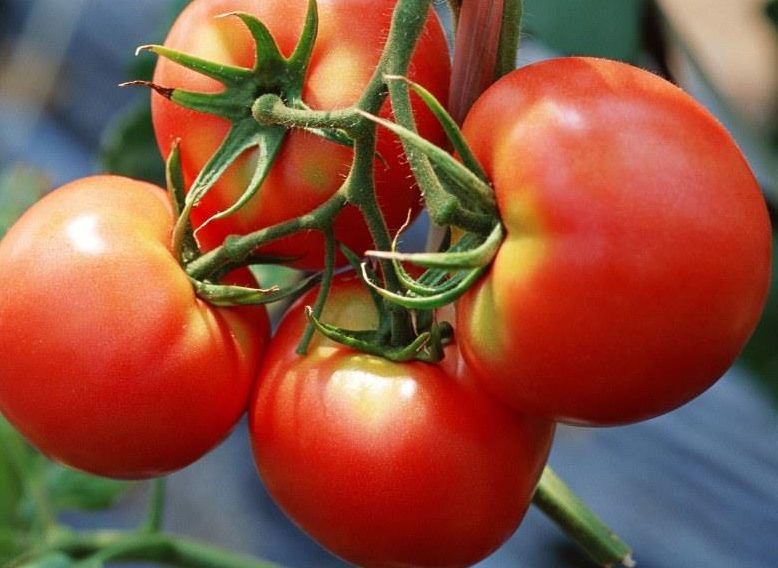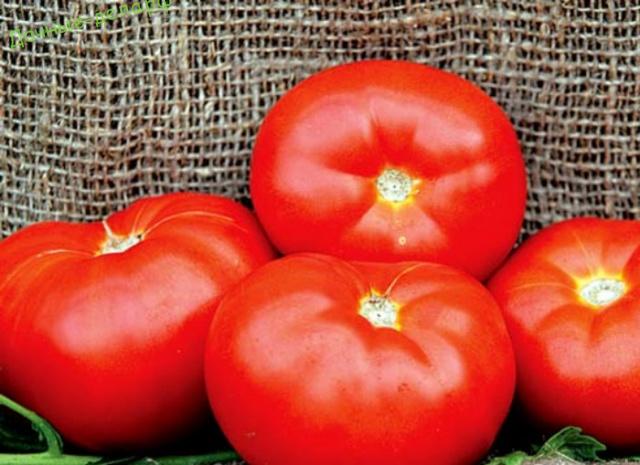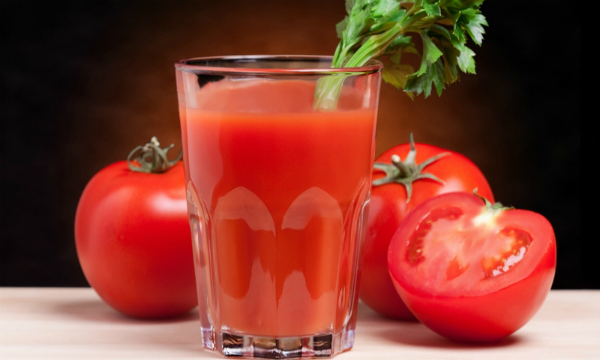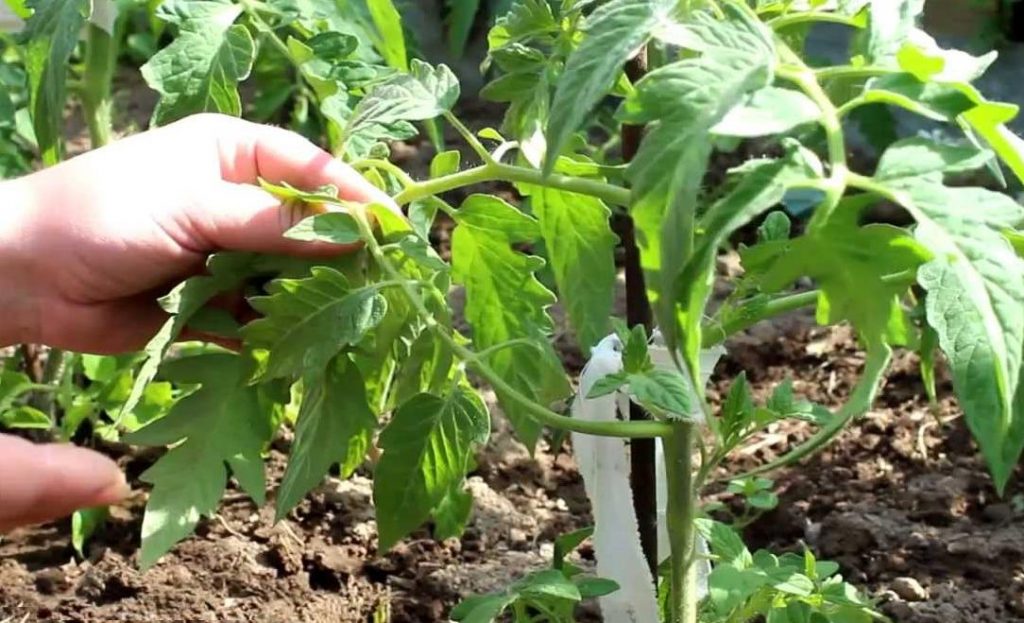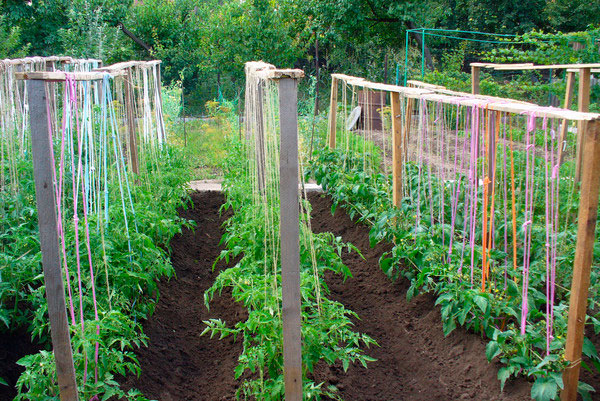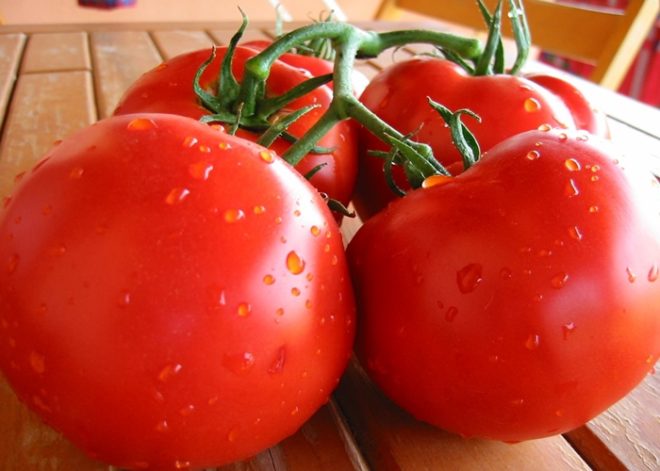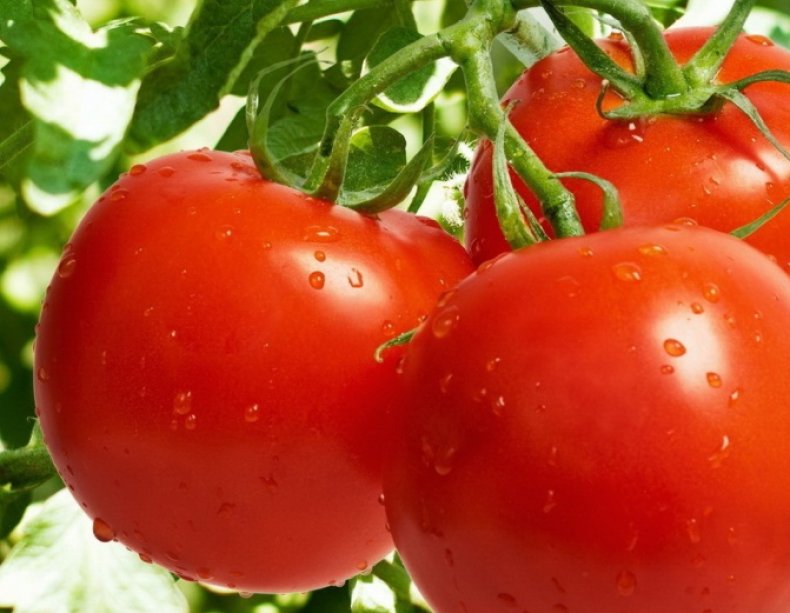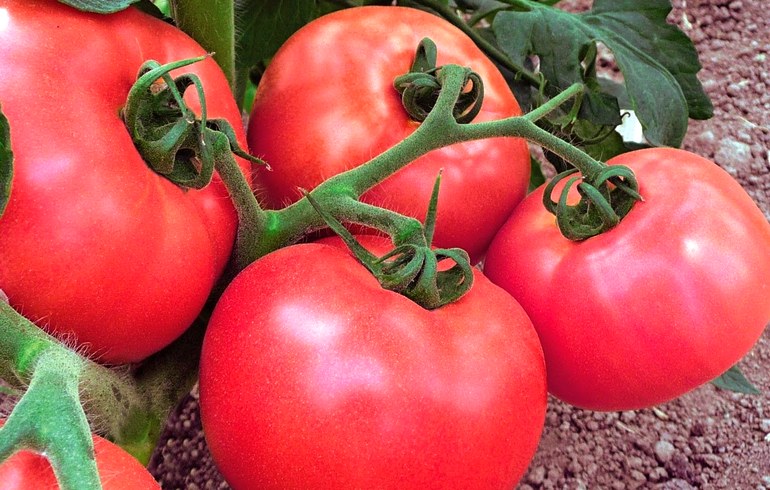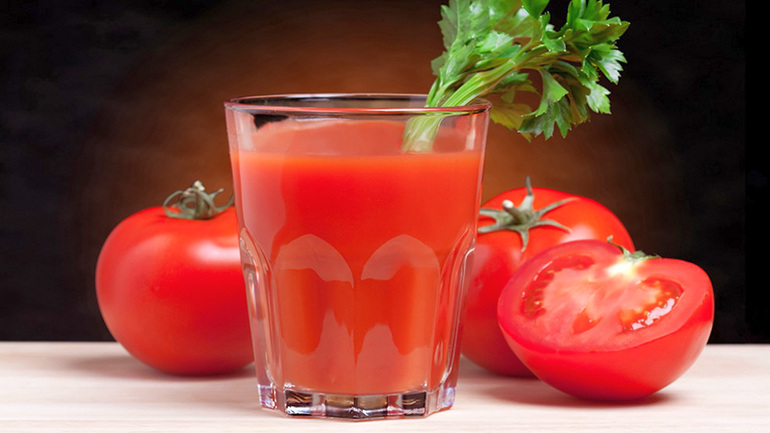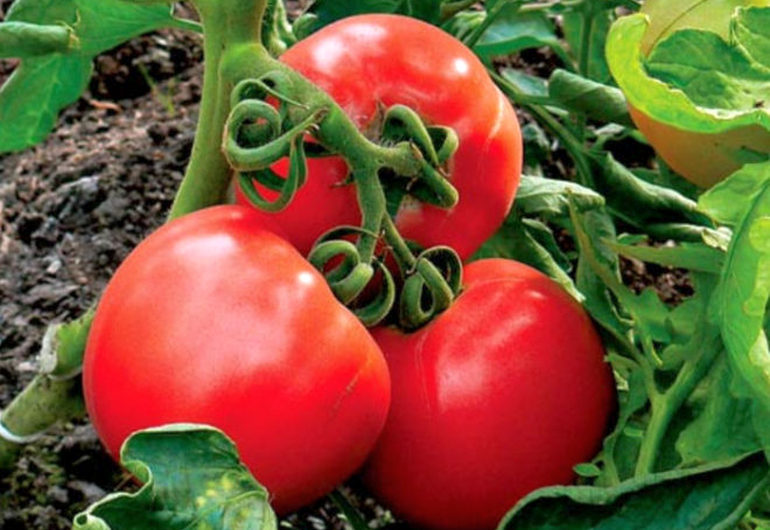Content:
Prehistory of the variety
The Red Red tomato presented in this review belongs to vegetable novelties that can attract the attention of most novice gardeners. They may also be interested in a gardener who has a certain tendency to grow hybrids.
This species appeared on the domestic market relatively recently and was presented as a result of the work of breeders of the Chelyabinsk Vegetable Station. Agrofirm "Mars", which is most often found under the name "Uralsky Dachnik", is responsible for the commercial part of the project.
Another name for the hybrid is tomato Red, like most varieties of the new generation, it is resistant to various vegetable diseases. At the same time, summer bad weather and bad weather do not in any way affect its productivity. It is recommended to grow this variety of vegetable plants in a well-protected (closed) ground. In regions with a relatively mild climate, it is allowed to plant it in open spaces.
To grow it, you will have to purchase a special "Red Tomato" seed material, which is always available on the open market.
Characteristics and description of the hybrid
This hybrid belongs to the early and high-yielding varieties of the indeterminate class (without limitation on growth). When cultivated in beds in a greenhouse, a tomato bush reaches a height of 2 meters in length, for unprotected soil this figure is much lower.
The trunk of the plant looks quite powerful and sprawling, which means that it must be formed during the growth process and the subsequent garter.
All other properties of Red Red tomato, the characteristic and description of the variety which are considered here, can be summarized in the following list:
- His leaf is quite large, it grows in volume very quickly;
- It is medium in size and dark green in color;
- The fruit is formed as part of the brush, which can contain up to seven ovaries;
- The sizes of tomatoes of this variety are quite large, claiming the title of "giant" (one sample weighs about 200 grams);
- From one bush grown in a greenhouse sometimes it is possible to collect up to 8 kg of a crop.
The fruits of this plant are distinguished by a rounded shape (with a slight flattening), as well as limited ribbing in the attachment zone.
When ripe, they acquire a deep red color, with a rather thin skin. Despite this, their skin is quite dense and preserves the product well during transportation and storage.
The description of the pulp of the tomato variety is expressed by the following characteristics:
- With high sugar content, it combines well juiciness and friability at the same time;
- There are very few seeds inside the fruit;
- The taste of the tomato is clearly sweet with a slight sourness.
The fruits of this plant are widely used in the preparation of a wide variety of dishes (mashed potatoes, salads, and soups). Due to their attractive shape, tomatoes are often used as a table decoration in the form of stuffed vegetables. In addition, they make wonderful juices that contain a large amount of beneficial acids.
When stored indoors in green, tomatoes ripen quickly (at temperatures not lower than 25 degrees). In addition, they are well suited for long-term transportation and can be stored without changing shape for a long time.
Growing and care
Transplanting
The cultivation of this culture cannot be classified as easy, since it includes a number of rather important procedures. At the first stage, seedlings are planted, which are recommended to be selected according to certain rules.
To improve the germination rate before planting, it is recommended to treat them with a special preparation called a growth stimulant.
You should also worry about the quality of the soil for sowing seeds, choosing one of the best options for its composition. It can be either turf mixed with humus, or ordinary garden soil mixed with peat. To increase productivity, a little river sand is often added to it, as well as potash and phosphate fertilizers (sometimes wood ash is mixed with them).
Before planting, the earthen mixture placed in boxes or pots is poured abundantly with warm water, and seeds treated in a weak solution of potassium permanganate are sown into it to a depth of about 1.5-2 cm.After that, they are tightened with a transparent film (to maintain a normal moisture level). The most suitable air temperature at the place of storage of the planted seed is 25 degrees.
Care for young shoots is reduced to a number of simple operations, the main of which are watering and feeding. If necessary, picking and special hardening are added to them, carried out immediately before planting in the soil. When watering the shoots, you should carefully monitor the condition of the top layer of the earth and add moisture only in case of extreme need. Too much of it can damage the root system of young plants.
They start picking greens only after several full-fledged leaves are cut through on its sprouts. When planting each in a separate container (container), the root system of the growth will develop better.
To feed it, it is recommended to use complex fertilizers in liquid form, which you can use for the first time a week after the pick. The second time this procedure is carried out two weeks before transplanting to the greenhouse. They try to keep the boxes with planted sprouts in the light and, if necessary (in cloudy weather), irradiate with a phytolamp.
The hardening of seedlings, which is organized according to a typical scheme, begins about two weeks before planting in unprotected soil or a greenhouse.
Transfer to soil
Before transplanting greens, the soil in the garden is carefully dug up with the addition of superphosphate (when preparing holes for seedlings, it is recommended to add a little ash to them). Rows with young bushes should be at least 1 meter apart from each other, and they themselves do not sit down too often. At the first signs of the beginning of growth, it is necessary to feed them with nitrogen fertilizers.
At the end of flowering, nitrogen is changed to phosphorus-potassium additives, which ensure stable formation of the stem and twigs. You will also need organic fertilizers (infusions of herbs and bird droppings, for example), applied several times before fruiting.
When organizing watering, it should be taken into account that the drip method is better for greenhouses, which is safe for young growth and allows you to save water.
A layer of mulch prepared on the basis of humus (compost) and peat will help to strengthen and better develop the young growth. The bush of the plant forms into one stem; when it is designed, leaves and stepsons are removed that are below the first brush.
Fastening branches and brushes with fruits to supports for this variety is a mandatory procedure. In addition, despite the good disease resistance, a number of preventive measures will not harm the development of the tomato at all. To do this, with the onset of autumn, the top layer of soil in the greenhouse is replaced by a fresh one that was previously in the beds with other related crops grown on them (pepper, peas, beans, etc.).
Advantages and disadvantages
The advantages of this variety include:
- Excellent indicators of productivity and the ability to maintain a suitable for consumption form for a long time;
- Resistance to bad weather and good immunity to most garden diseases;
- Tomato fruits have a remarkably pleasant taste;
- Their pulp contains a large amount of nutrients.
It is believed that this variety has no shortcomings at all, except for the fact that it ripens well only in greenhouse conditions.
In conclusion, we note that when growing the Krasnoy Krasno variety, special attention is paid to compliance with the basic rules of agricultural technology related to the growing season of heat-loving crops in protected conditions.
